So, you are thinking about starting your own home staging business. How exciting!
The good news is that home staging can be a very profitable & sustainable business, IF you set the groundwork right. A sustainable company to me has a long-term focus, can run independently during the owners’ absence, and ultimately is saleable.
Whether you are still in the planning stages, or already running your own home staging business, we hope you can get some value from our experiences.
It is never too late to reflect and re-evaluate whether you are heading in the right direction.
And if you are just starting up, strap in for a big download of information.
In this blog, I decided to get personal and share six things we didn’t fully appreciate when we started Foxy Home Staging, that have turned out to be crucial in the success of our business.
1. Understand Your Business Model
The best way to ensure long-term sustainability & profitability of a home staging business is to own all your stock.
In the beginning, we used to hire most of our furniture, presumably just like every other business owner did in their early stages. We quickly realised that the hire cost was chewing too much into our profit margin, so we made a conscious decision to reinvest as much as we could into purchasing our own inventory.
For the first 12 months, we did not pay ourselves any wages. Everything we earned was reinvested into buying furniture & accessories. To cover our cost of living for the year, I had continued working in my full-time job.
Note: Of course, this is not what I think everyone should do. But this is what worked for us and our ambitions. We were growing quickly and wanted to keep up with that from the furniture point of view.
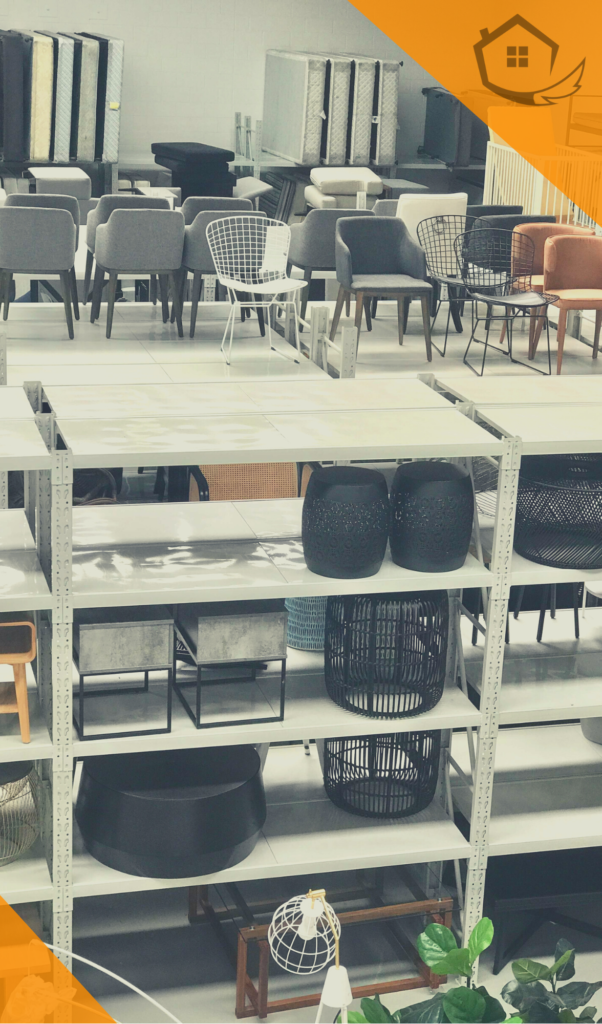
Want to know what the difference is in profit margins?

The trick for us was to recognise the importance of owning our inventory at the very beginning and base all our decisions around this goal in mind.
2. You Will Need a Lot of Cash
This may seem obvious, right? If you have a rough figure in mind of how much cash you think you will need, I say double it.
We knew pretty early on that we want to own our stock, but we didn’t realise the magnitude of how much cash was actually going to be required, to get us to the point where we owned everything we needed.
Every dollar you earn will be getting pulled at least four different ways – furniture, marketing, upgrading warehouse, hiring people. That is why you need to set your priorities right from the start.
After all the bills and wages, buying stock was our biggest priority. The second most important thing for us was to increase our capacity – hire more people, move into a bigger warehouse, invest in marketing, etc.
You may have completely different priorities for your business, which would be the case in most instances, as you have different goals, incentives, financial situation… What’s paramount is that you identify what your personal priorities are and allocate the money accordingly.

3. Logistics vs Styling Ratio
If you want to start this business out of sheer love & passion for interior styling, prepare to spend a maximum of 10% of your time doing that. The remaining 90% consists of Logistics, Administration, Business Development, Relationship Management, HR, marketing and everything else that goes into running a business.
Logistics is not just about moving & transporting furniture. It consists of organising the day to day operations, managing the schedule, and making sure you are getting the time management right.
If we wanted to be known for our efficiency & speed, we needed to be organised.
Don’t let this put you off starting your own home staging business. The 10:90 ratio has taken us by surprise at the beginning, but knowing this in advance can gain you an advantage.
4. Focus on Building Exceptional Relationships
Building great relationships was something we knew was going to be important, but it turned out to be a much bigger component than we realised. A lot of our current work is coming from the connections we built three years ago.
In the early stages of your business, you may be inclined to believe that you need thousands of real estate agents to know who you are. In my experience, you don’t need a thousand, nor a hundred agents to be successful. You need to find a small number of loyal & committed agents, who can form the backbone of your business.
How we retain good relationships continuously:
- Focusing on building & delivering value (especially important during consults)
- Good communication
- Doing things we said we would do (It sounds like common sense, but this is where we see a lot of stagers slip up. If your website says your quote will be done within 24 hours, make sure to do it. We got a lot of work simply because we were the only ones who provided a quote within the expected time frame.)
- Ditching the ‘my way or the highway’ attitude (more on why this is important here)
5. Don’t Be Afraid to Be Different
It is important to stand out from the crowd, but don’t do it for the sake of being different. Be intentional & deliberate in choosing what it is that will draw people to you over your competitors. Identify your WHY first.
For example, our entire focus is around making the staging process easier for the homeowners.
We kept this in mind while researching our competition, and what we noticed when we started out was that no one in the market was offering deferred payments for their clients. Focussing on our clients made it an easy decision to offer a deferred payment option, making the staging process easier. And in doing so we set ourselves apart from our competitors.
6. Invest in Marketing
The value of investing in marketing in the early stages of business is oftentimes underestimated.
Having a strong media presence has always been important to us, so we hired a full-time marketing manager (Cody) when we were in the position to do so, approximately 1 ½ years in.
Not long after the Foxy TV episodes started rolling out, agents started reaching out to us with work opportunities.
Let’s discuss the importance of marketing strategy.
I have noticed that most social media strategies in this industry look remarkably similar. The stagers put up pretty, magazine-worthy photos in the hope of appearing polished and professional. I don’t necessarily think that is a bad way to do it, but when everyone is doing the same thing, it’s very difficult to stand out.
Inspired by Gary Vee’s credo – ‘Document, Don’t Create’, we have decided to take a different approach. We let people in behind the scenes of what it entails to own & run a home-staging business, because it is much more than just pretty photos.
Looking back, I am grateful we chose to go down this path, because the feedback has been phenomenal.
I think this approach allows us to show a lot of what works and what doesn’t, it shows that we are learning as we’re going and it provides value to people. We are 3 ½ years in, we are still learning and I’m okay with people seeing that. We don’t have to say that we have everything figured out. I think it makes us a little more relatable.
This is one of those topics in which I could go on and name many other things that are important to consider when starting a home staging business, but for the sake of readability & avoiding information overload, I have limited this blog post to six.
I just want to highlight that my experience stems from what worked and did not work for us at Foxy. Your story may be fundamentally different, so please apply your own story’s filter before choosing to take our advice.
Either way, I sincerely hope you got some value out of this. There is much more business-related content coming out soon, so stay tuned!
Thanks for reading!

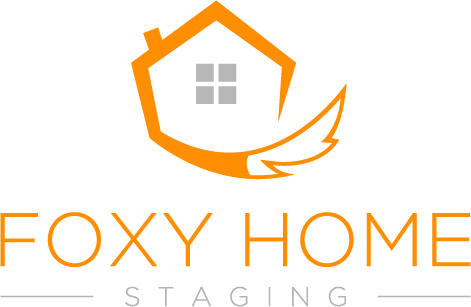





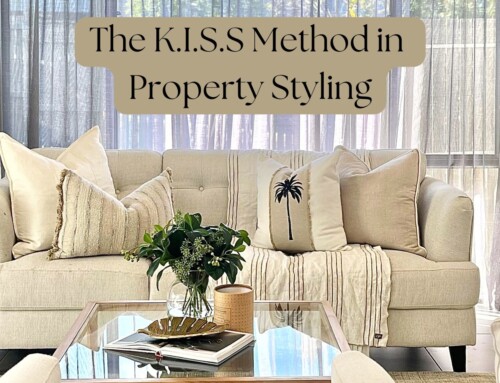


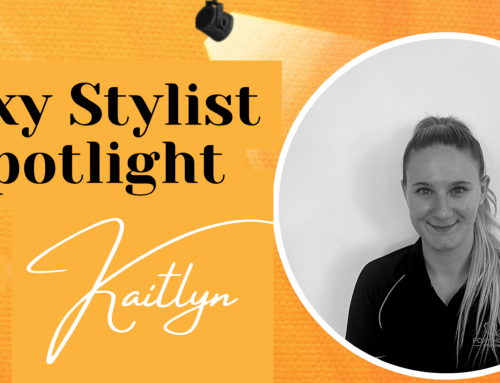
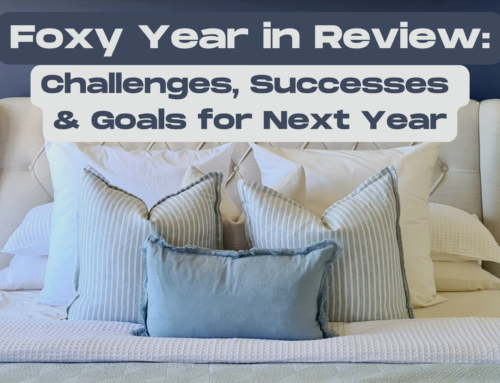
Facebook Comments